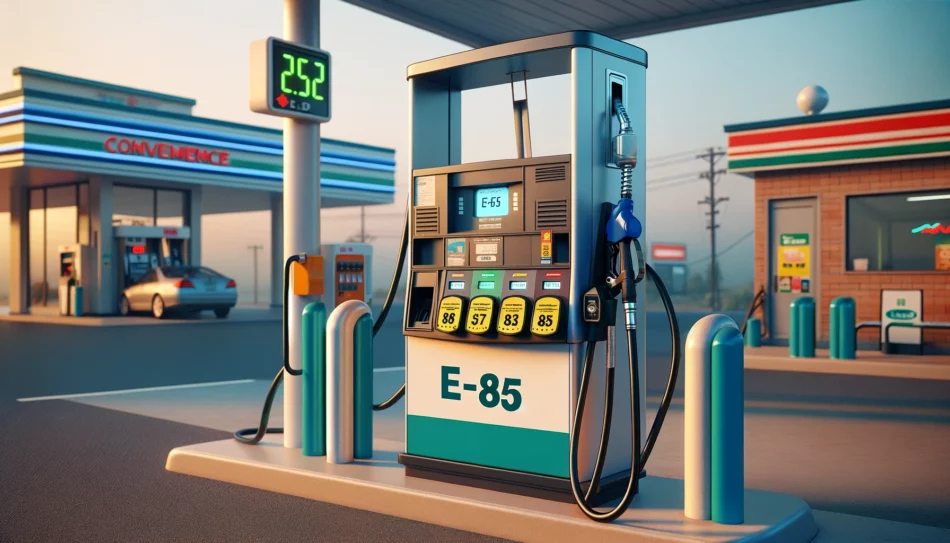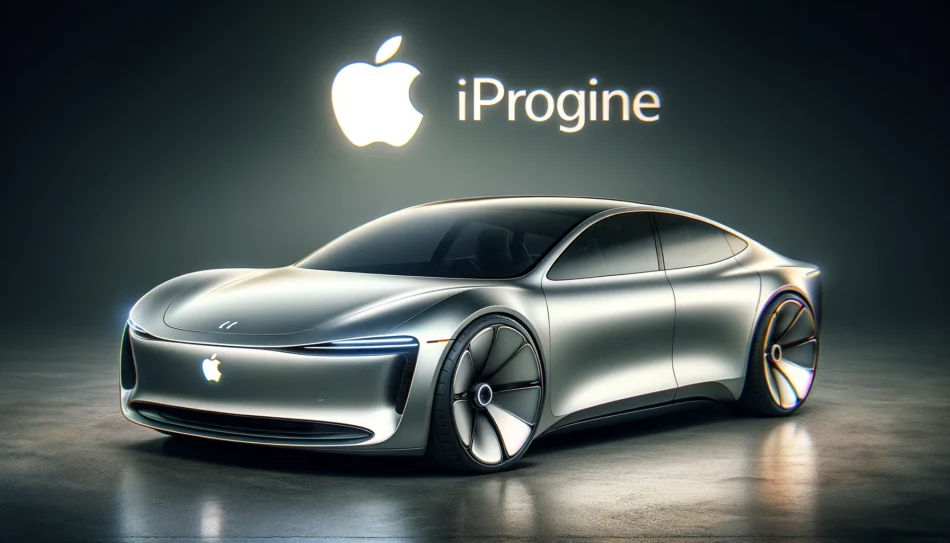In the quest for more sustainable and environmentally friendly fuel options, E-85 has emerged as a significant contender. It’s a blend that marks a substantial departure from traditional gasoline, offering a unique composition and benefits.
But what exactly sets E-85 apart from regular gasoline? This article goes into the differences, exploring the makeup, benefits, and considerations associated with E-85, using insights from authoritative sources such as the U.S. Department of Energy and various analyses on suv.me.
Composition and Production
- Regular Gasoline: Primarily a refined petroleum product, regular gasoline varies in its octane levels but is generally composed of over 85% petroleum.
- E-85: A blend that contains up to 85% ethanol – a renewable resource derived from plant materials like corn, sugar cane, and grasses – and the remainder is gasoline. The exact percentage of ethanol can fluctuate based on geographical location and the time of year.
Environmental Impact
E85 is championed for its renewable credentials, deriving from plant materials that absorb carbon dioxide as they grow. This cycle potentially reduces the overall carbon footprint associated with ethanol production and use, offering a greener alternative to the fossil fuel-heavy regular gasoline.
Performance
Vehicles running on E-85 may experience a reduction in fuel economy due to ethanol’s lower energy content compared to gasoline. However, many users report a noticeable improvement in performance and acceleration due to the higher octane rating of E-85, which can prevent engine knocking and allow for more aggressive engine tuning.
Cost Considerations
While the price at the pump for E-85 can be lower than regular gasoline, it’s essential to consider the fuel economy aspect. Ethanol’s lower energy content means you might be visiting the pump more frequently, potentially offsetting the cost benefits.
Availability
E-85 isn’t as widely available as regular gasoline, with stations predominantly located in the Midwest of the United States, where corn—a primary source of ethanol—is abundantly grown. This limited availability can be a consideration for drivers who are contemplating making the switch.
Vehicle Compatibility
Not all vehicles can run on E-85. Flex-fuel vehicles are specially designed to handle the corrosive nature of ethanol and can switch between E-85 and regular gasoline without any issues. Before considering E-85, ensure your vehicle is compatible.
Conclusion
The choice between E-85 and regular gasoline hinges on several factors, including environmental impact, cost, performance, and availability. While E-85 offers a more sustainable alternative to traditional fuels, it’s crucial to weigh these considerations against personal and logistical factors.



